Reasons to Love NASCAR

Reasons to Love NASCAR
Pit Row

NASCAR features more side-by-side driving than any other racing series in the world, but Cup races are marathons and sometimes the action can get a bit stale. Luckily for fans, the race within the race is on pit row, where 13 seconds of furious work can be the difference between winning and losing.
Motor Coaches
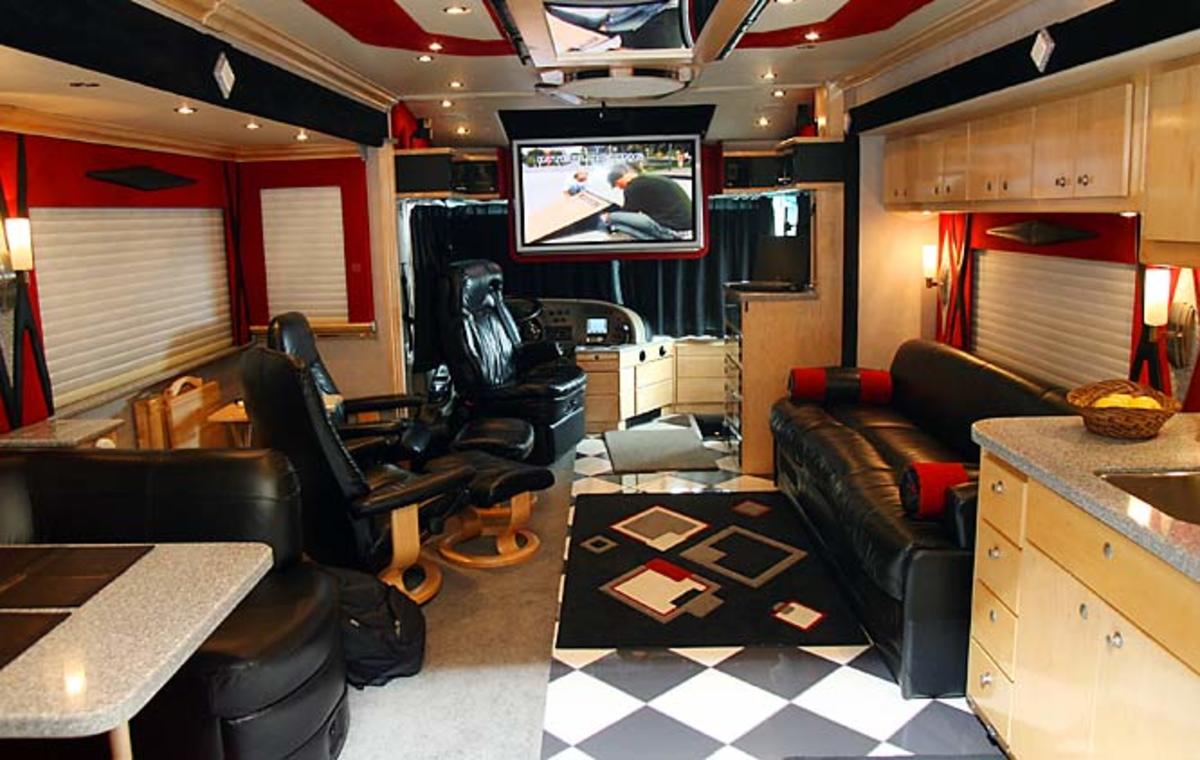
While they're not part of the sport that most fans get to see up close, these rolling mansions are a vital part of the sport, providing Cup drivers a home away from home. With more than 40 coaches parked together in the infield of a racetrack, NASCAR supports its own small, itinerant villages, where drivers and their families live as neighbors.
Infineon

It's entirely appropriate that NASCAR's annual trip to California's Napa Valley includes a race on a road course. Tracks like Infineon Raceway, which include both right <i>and</i> left turns, are the fine wine in Cup racing's oval-centric schedule.
Decals!
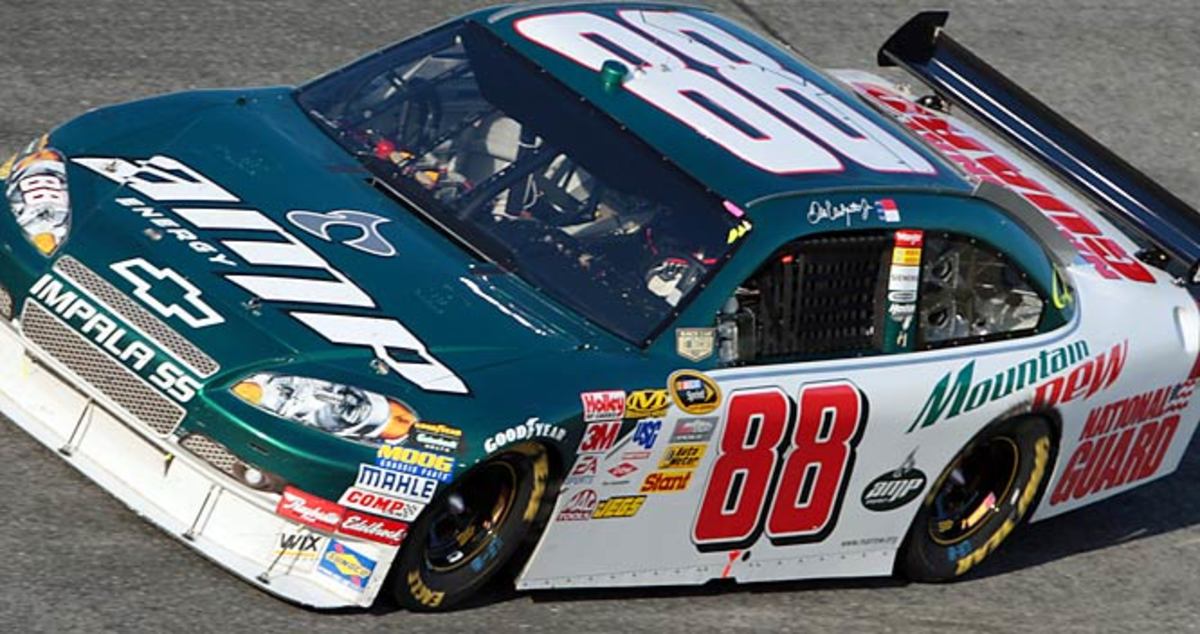
In baseball, corporate advertising on outfield walls is seen as quaint, a throwback to the game's more bucolic past. In NASCAR, corporate advertising provides the team colors for every driver on the Cup circuit.
Girlfriends and Wives

Atop just about every box on pit row -- alongside crew chiefs, race engineers and team owners -- is a seat reserved solely for the use of the girlfriends and wives of Cup drivers, including Jeff Gordon's wife, Ingrid (pictured). Some might sit there the whole race, just watching intently. Some might have to leave mid-race to attend to their families back in the motor coaches. Some actually become part of the team, charting laps or timing pit stops. And some actually fight for their men, as happened two years ago at Texas, when an on-track dust-up prompted Greg Biffle's girlfriend, Nicole Lunders, to confront Kurt Busch's fiancée, Eva Bryan.
Guys Who Don't Give Up

For drivers involved in accidents, the chance for victory might be gone, but the race may not necessarily be over. Back in the garage, or right there on pit row, a crew will use everything, <i>including</i> tape, to patch a car up and get it back onto the track because the dreaded DNF result is to be avoided at all costs.
Night Races at Bristol

There may be no more breathtaking view in the sport than that of the Bristol bullring at the beginning of a race. With the floodlights on and 165,000 people in the stands -- all of them, seemingly, in possession of a camera -- the track is momentarily transformed into an earthbound star. And the racing is pure short-track in all its bruising glory, three-wide and furious and loud. For many fans, this is the essence of NASCAR.
The Big One
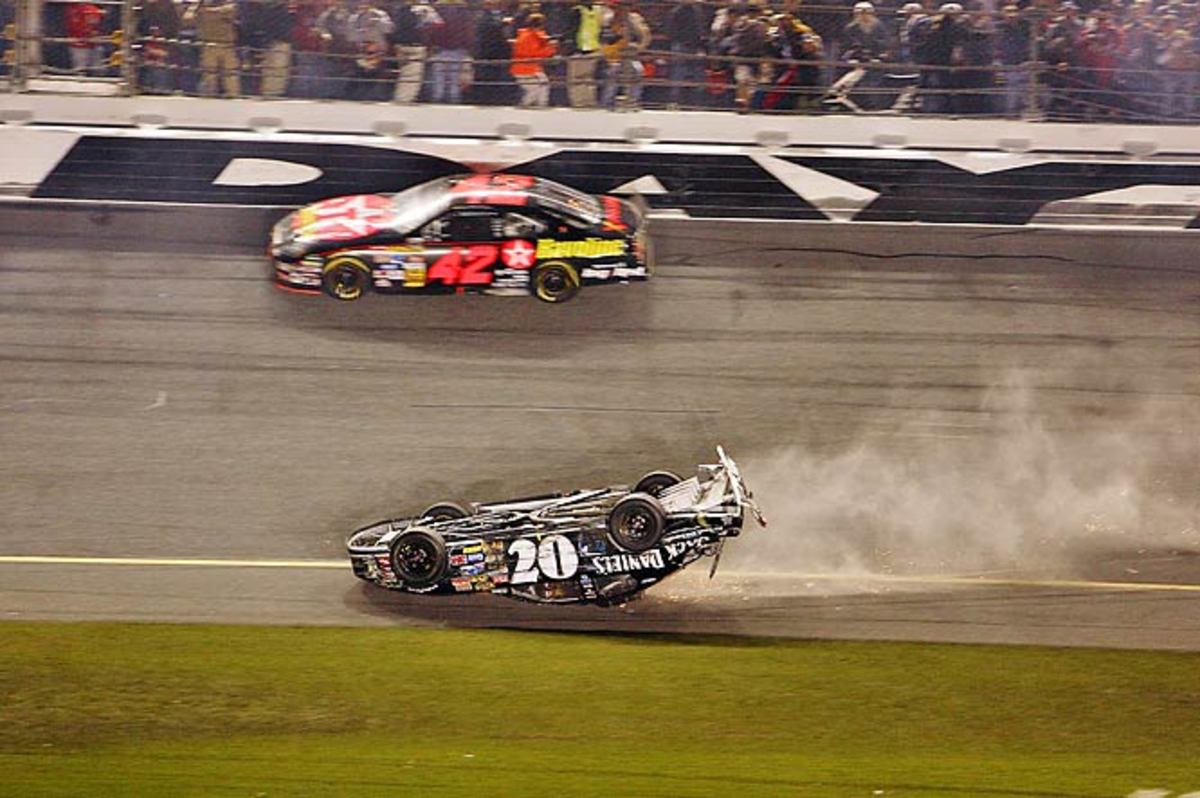
Every Daytona 500 features at least one, sizable multi-car pileup, which all drivers refer to as "the Big One." Perhaps none was more memorable than the smash-up that took place on the final lap of the 2007 race, which involved more than a dozen cars and saw driver Clint Bowyer's ride slide across the line upside down and on fire. Who won? Who cares?
Feuds

NASCAR is full of them: Dale Earnhardt vs. Jeff Gordon; Richard Petty vs. David Pearson; Cale Yarbrough vs. Donnie and Bobby Allison; Kyle Busch vs....well, Kyle Busch vs. everybody. Nothing gets fans more riled up than a good ol' feud, and enmity dies hard. When Jeff Gordon won his 77th career race last season, passing the late Dale Earnhardt into sixth on the all-time victories list, the fans at Talladega pelted his car with beer cans. Forget Redskins-Cowboys or Yankees-Red Sox. In NASCAR, the rivalries can get deeply personal. It's not Us vs. Them. It's Me vs. You.
The Garage
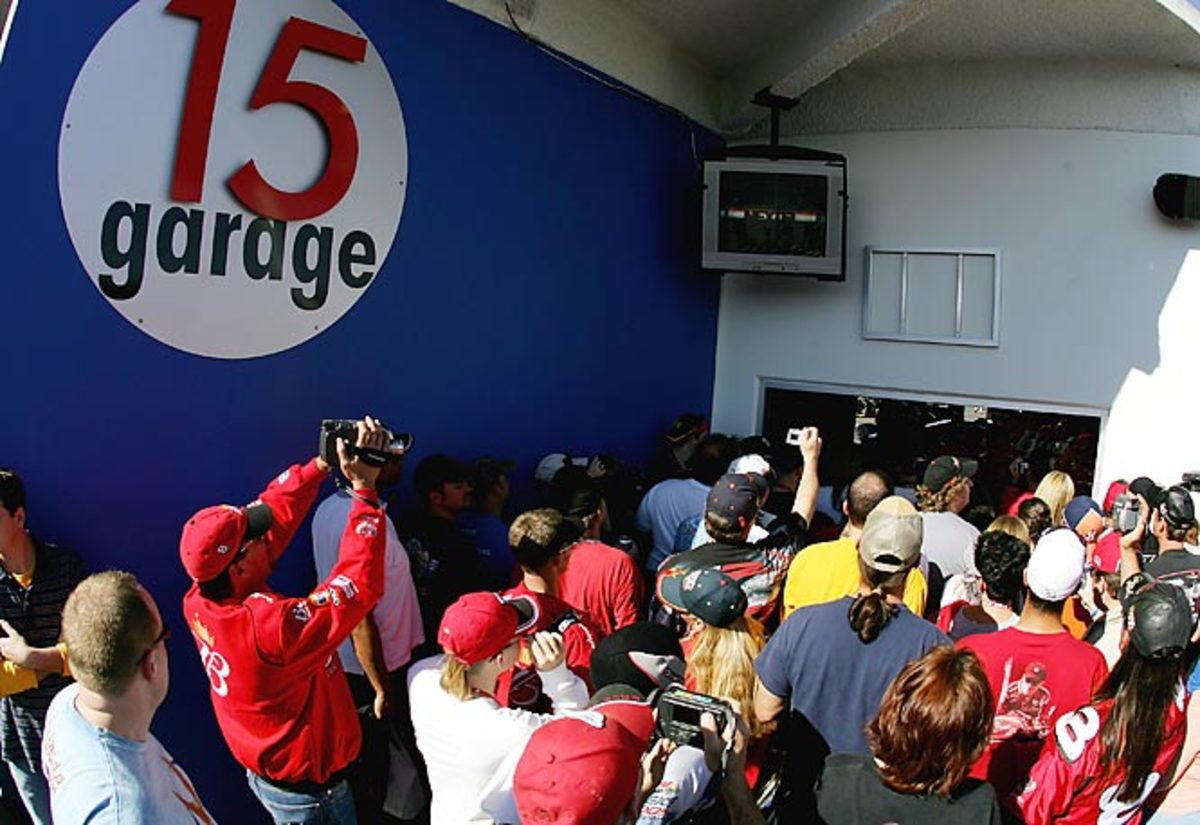
On a race weekend, the Cup garage isn't just a place to work on the car. It's <i>the</i> place to see and be seen, a miniature street fair complete with food. Here, celebrities and drivers mingle with mechanics and engineers, with fans and journalists and with mechanics and technicians.
Tradin' Paint
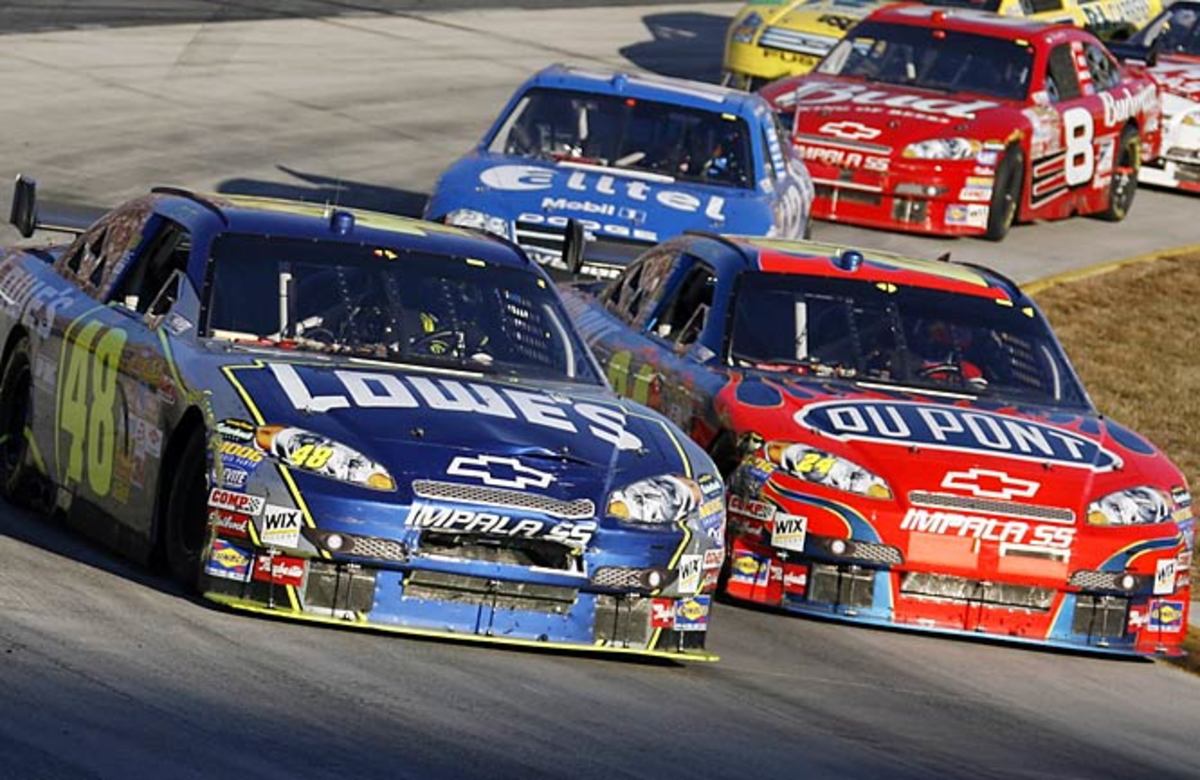
More than any other racing series in the world, NASCAR is about side-by-side racing, and it's imperative for a driver to know when -- and how -- to lead, follow or get out of the way. From bump-drafting to side-swiping, there are myriad ways to, in NASCAR parlance, <i>use the chrome horn</i>.
Fireball, Junior and the King

NASCAR's trinity, these drivers -- Glenn "Fireball" Roberts, Junior Johnson and Richard Petty -- were the ones who laid the tracks for today's Cup mega-stars. With 283 wins between them, they were NASCARs first leading men, the ones who helped establish the sport in American popular culture. Roberts was the daredevil, a fast man beloved by fans. Johnson was the moonshiner, a driver with roots in NASCAR's law-breaking past who helped catapult it into the modern age. And Petty was simply the greatest of them all, a winner who spent his free time selling the sport he loved to fans and media alike.
